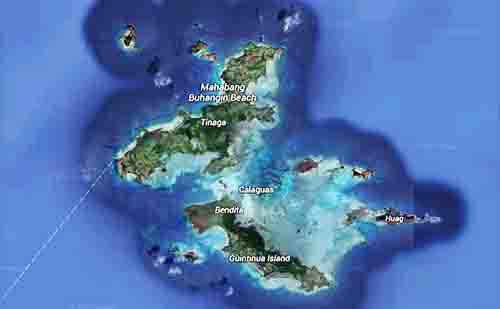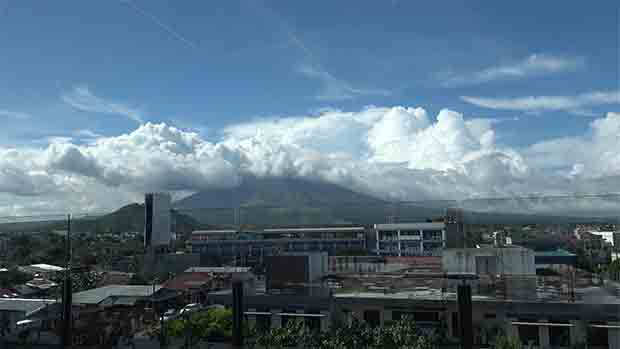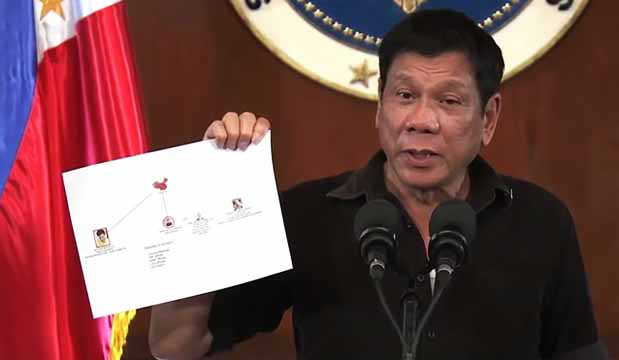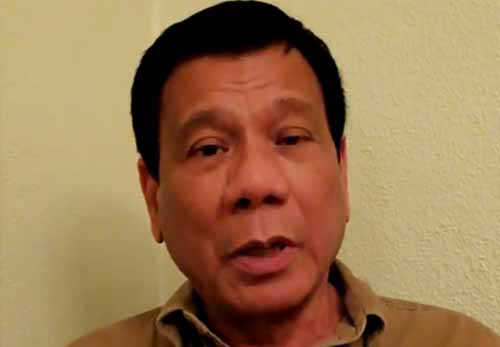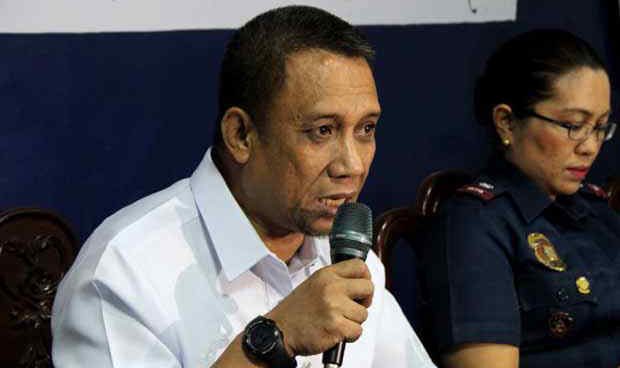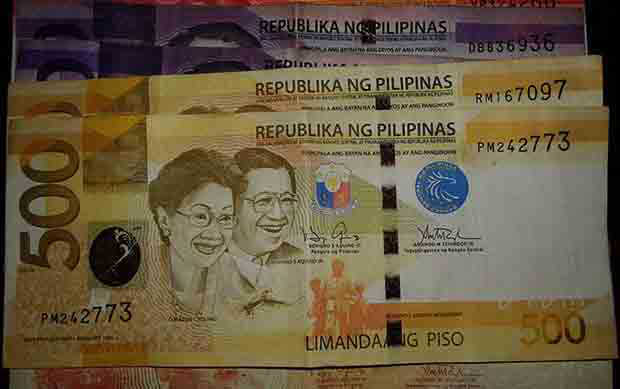
This should confirm the long suspected plunge of the peso vis-à-vis the US dollar.
Now the peso is seen to weaken further beyond the range of 48-50 until the end of year 2017. If it does, which is srongly possible, President Rodrigo Duterte’s economc managers are missing something.
Yet, it could be much more lower. The nasty but expected outlook may come true with the peso tumbling further and falling at the 52.50 range.
Vice president and lead economist of Ayala-led Bank of the Philippine Islands Emilio S. Neri, Jr. projects the peso to end the year at 52.50, way beyond the range set by Duterte’s economic brains.
By the end of 2018, the economist sees the peso to be at the 54-level to a US dollar.
Neri has repeatedly said that a 52 to a dollar level for the local currency this year and beyond is possible.
The financial expert cautions though that if annual depreciation top the 10 percent and above, it will likely lead to unmanageable inflation.
Looking back in the first half of 2017, the rate of price increases averaged at 3.1 percent, slightly above the mid-point target of two to four per cent range for 2017-20 of the Bangko Sentral ng Pilipinas’ (BSP).
Inflation peaked at 3.4% during the two month period beginning March and settled to 3.1% by May of this year.
Still the Bangko Sentral continues to see inflation to average at 3.1% for the current year.
Traders have said that central bank’s presence in the foreign exchange market is seen as if the peso is depreciating.
Philippine monetary officials said it does not meddle with the foreign exchange rate in the country but the BSP joins in the trading to address extreme volatility.
This foreign exchange meddling is among the reasons for the decline in the country’s gross international reserve (GIR).
“Failure to depreciate when current account position swings from surplus to deficit can mean BSP is selling its GIR inventory too fast,” Neri said.
The Philippines’ current account position is now in deficit, after more than a decade of surpluses enjoyed during the previous administrations.
BSP data show that in the first quarter of 2017, the current account component of the balance of payment (or the sum of a country’s total transactions with the rest of the world), registered a deficit of USD318 million, which is equivalent to 0.4 percent of the gross domestic product (GDP).
As of end-June 2017, the country’s foreign exchange reserves amounted to USD81.41 billion. (with report from PNA)
- Republican National Convention Live Coverage Day 2: Land of Opportunity - August 25, 2020
- QUO VADIS: Judge convicts illegal recruiters of MARY JANE VELOSO - February 1, 2020
- ROBREDO: Duterte’s DRUG WAR 99% FAILURE! - January 6, 2020






































